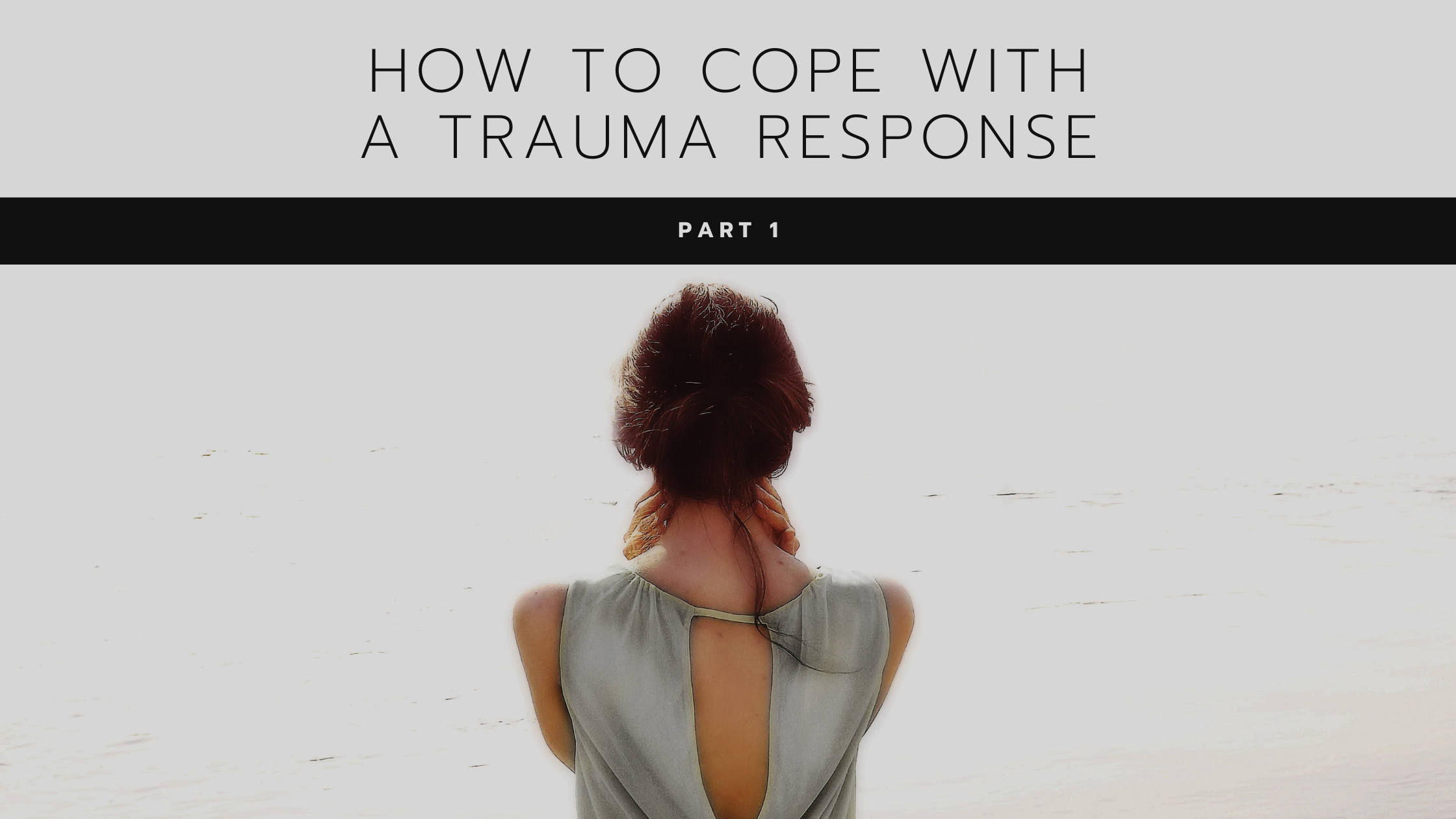Experiencing the effects of trauma can be disorienting, distressing, and lonely. Trauma is defined as “an emotional response to a terrible event like an accident, rape, or natural disaster” which is accompanied by several short- and long-term effects.
But this definition limits our understanding of trauma. Yes, events such as abuse, violence (sexual or otherwise), tragic accidents, and serious injuries are major traumas that cause lasting effects, and are what would be explained by counselors as “big T” traumas. And oftentimes people experience smaller-scale traumas that accumulate over time, or what we would call “small t” traumas. These include such events as effects of divorce, emotional abuse, complicated grief, betrayal in the form of an affair or sexual addiction, or various other events. These events can have similar traumatic effects and symptoms of a major trauma.
Signs you might be experiencing trauma include:
Witnessing a traumatic event, such as a death, serious injury, accident, or sexual assault
Flashbacks
Intrusive thoughts and memories of the trauma
Intense mood swings
Exaggerated startle response
Feelings of suspicion
Isolation from others
Loss of enjoyment in activities you used to enjoy
Low self-esteem
Avoidance of reminders of the trauma
Frequently Asked Questions
How do you treat trauma?
When you’ve experienced a traumatic experience, you need a safe place to share your story and process the painful and intrusive memories and thought patterns. I’ll begin by helping you cope with symptoms of the trauma, while also processing the past experience to release the ties it has on your mind and emotions.
One powerful trauma treatment uses a technique called Eye Movement Desensitization and Reprocessing, or EMDR. EMDR involves connecting past traumatic events to a series of eye movements in a therapy session to help your brain reprocess the trauma. Some memories associated with past trauma can get stuck because of high levels of emotion or distress at the time of the memory. EMDR allows you to process these memories in a way that gets them “unstuck.”
What are the benefits of trauma treatment?
Through the work we do to process your past trauma, you’ll experience a greater sense of self-esteem and worth. You’ll be able to separate from the past memories of trauma, rather than continuing to feel as if you are experiencing the trauma in the present. If you experienced trauma in childhood, you’ll be able to look back on those memories with your adult eyes and allow this perspective to impact the memories. You’ll feel a greater sense of empowerment.
With EMDR specifically, you’ll experience breakthroughs in areas that have felt stuck for a long time. Studies have shown that those who experience post-traumatic stress disorder can experience significant change in as few as 3-6 sessions of EMDR.
What’s the difference between a “big T” trauma and a “small t” trauma?
A “big T” trauma is a uniquely identifiable and significant distressing event. You might immediately associate these type of events with post-traumatic stress disorder (PTSD).
Examples of “big T” traumas include:
Physical or sexual abuse in childhood or adulthood
Sexual assault
Natural disasters
Sudden and unexpected death of a loved one
Witnessing the death or injury of someone else, particularly a loved one
Domestic violence
Robbery
War
Military service/combat
Acts of terrorism
Car or airplane accidents
“Small t” traumas are distressing events that are smaller in scale than “big T” traumas, but often occur over a more prolonged period of time. These traumas are more persistent and subtle than the “big T” traumas, and can be just as painful as a result. They are especially impactful for those who experience them in childhood.
Examples of “small t” traumas include:
Betrayal/infidelity by a spouse
Emotional abuse in childhood or adulthood
Non life-threatening injuries
Family or work conflict
Bullying or harassment
Divorce
Loss of a significant relationship
Sudden relocation/moving
Legal issues
Loss of a job
Financial distress/poverty
Being the child/spouse of an addict or individual with mental illness
Ongoing parental criticism
Parental disconnection and disengagement
How does EMDR work?
Think of your brain as a stomach and your memories as food: typically your brain can digest the memories easily. However, on occasion a traumatic memory can cause thoughts or behavioral patterns to get stuck, preventing them from being effectively digested. These memories then become unprocessed or blocked, which leaves you stuck in negative emotional states and distorted beliefs about the self.
While there is much research supporting the effectiveness of EMDR, there is no single mechanism in the brain that explains why it works. It has been theorized that the eye movements, or bilateral stimulation, are similar to rapid-eye-movement (REM) sleep. REM sleep has been shown to help process memories and experiences from your day, which is why you often have dreams that reflect the events of your day.
Another theory is that traumatic memories are stored in the nonverbal right-brain. By using the bilateral stimulation facilitated by the eye movements, you connect the parts of your brain where the memories are stored with the verbal and logical left-brain.
Others believe that simply the process of exposure to the traumatic memory in a therapeutic setting allows you to become desensitized to the memory.
Regardless, Francine Shapiro, the creator of EMDR, has shown that EMDR helps access traumatic memory networks so that traumatic memories can be processed and digested more easily. That “digestion” leads to new connections and learning, reduced distress, and greater insight.












